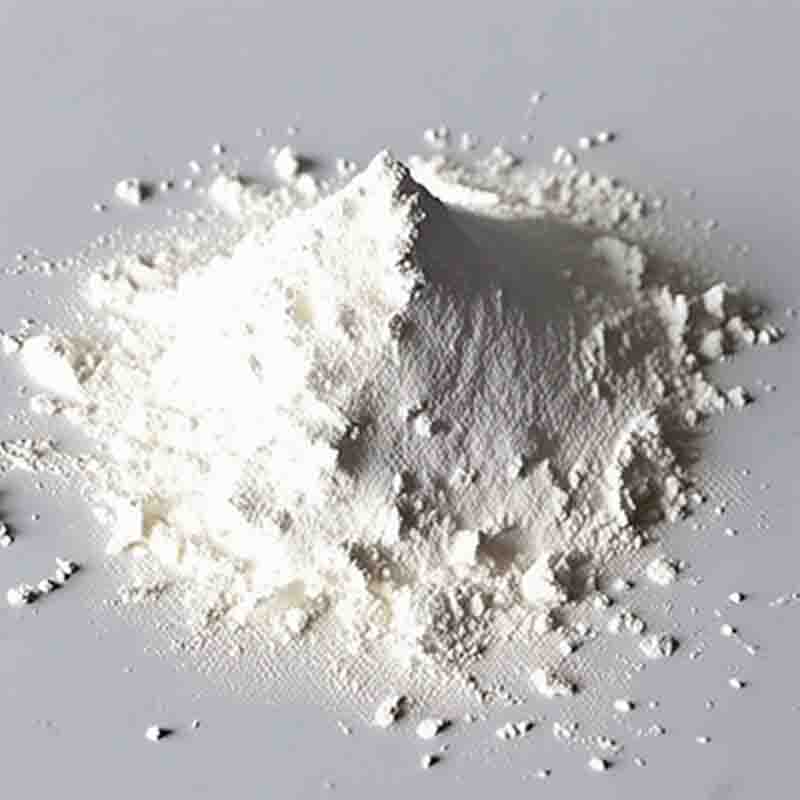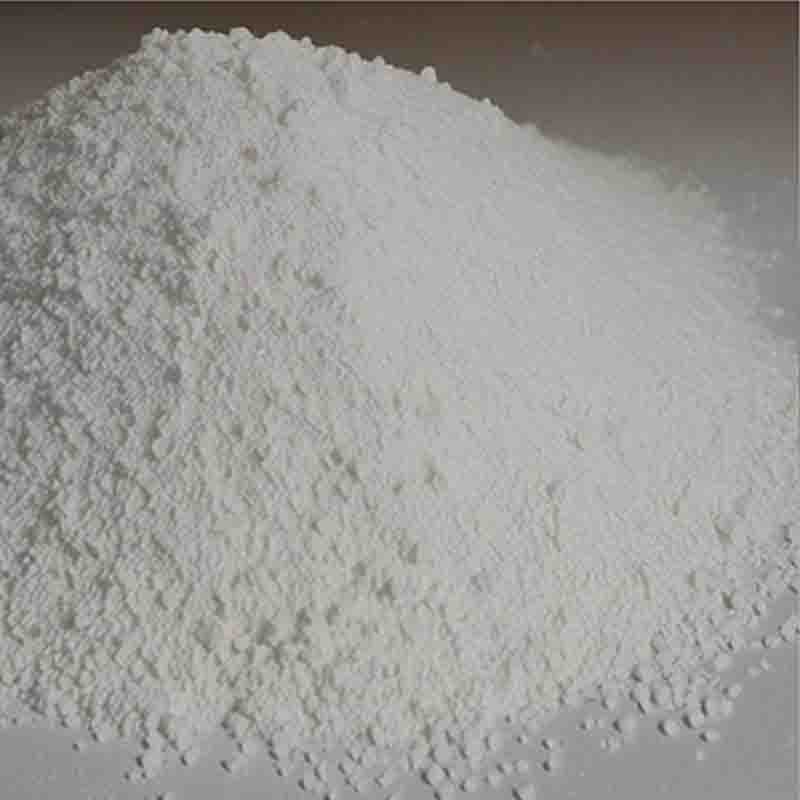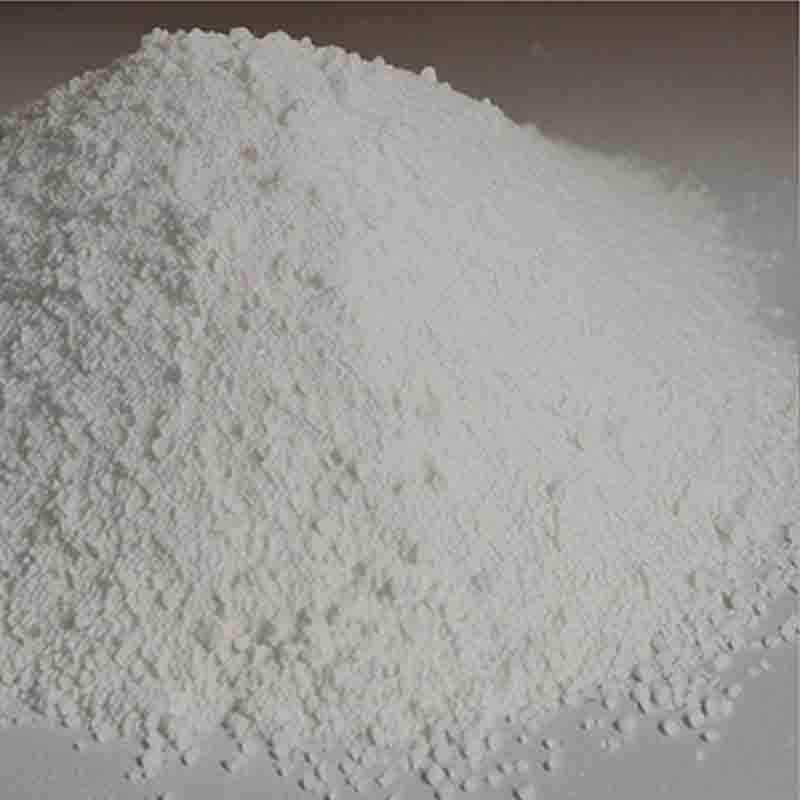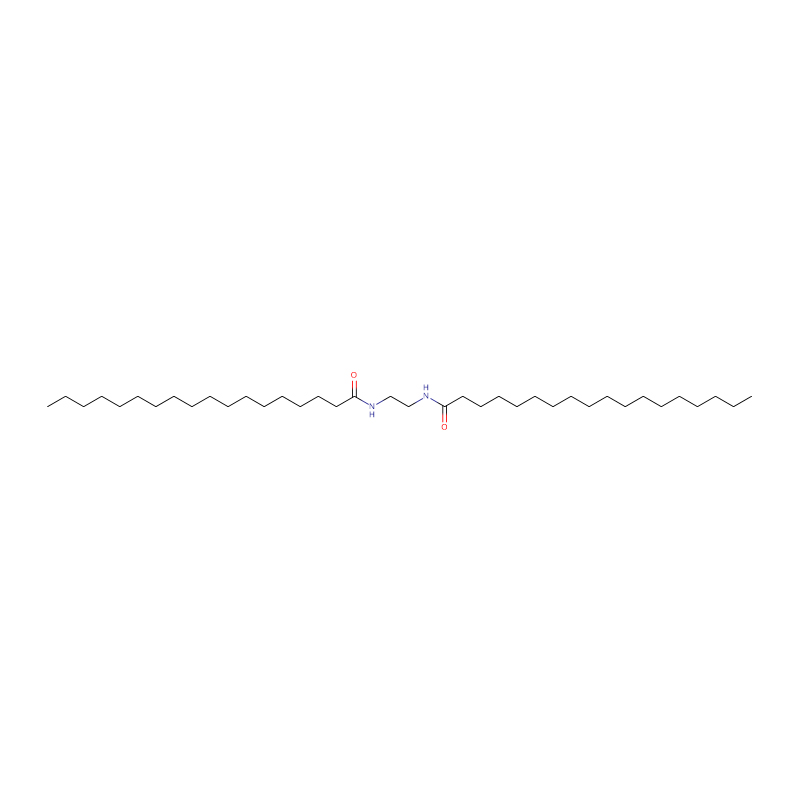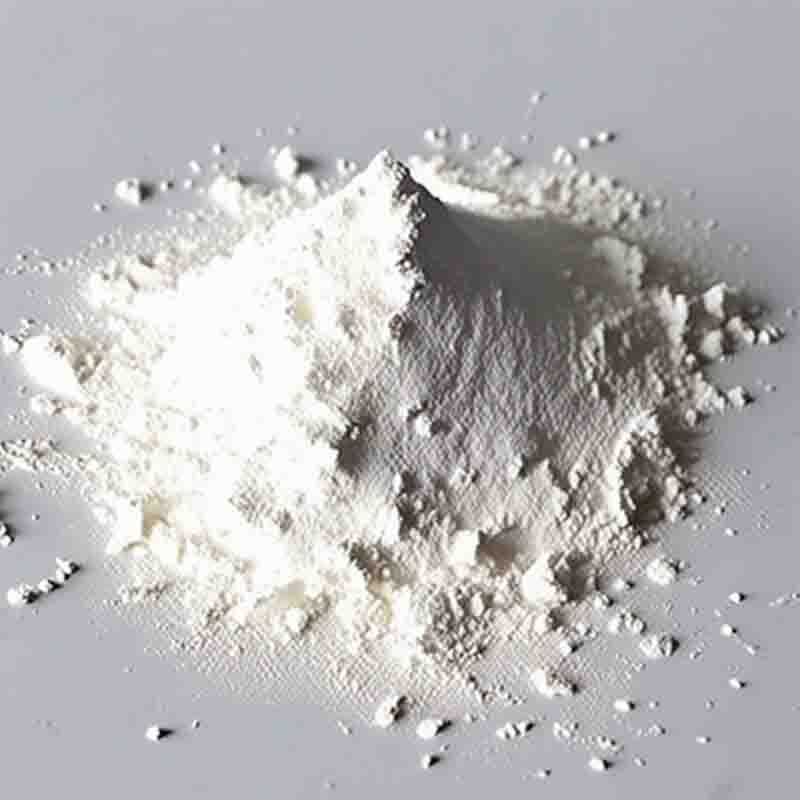3-Mercaptopropionic acid CAS: 107-96-0
| Catalog Number | XD94360 |
| Product Name | 3-Mercaptopropionic acid |
| CAS | 107-96-0 |
| Molecular Formula | C3H6O2S |
| Molecular Weight | 106.14 |
| Storage Details | Ambient |
Product Specification
| Appearance | White powder |
| Assay | 99% min |
3-Mercaptopropionic acid (MPA) is a chemical compound with the formula HSCH2CH2COOH. It is a colorless, odorous liquid that is miscible with water. MPA is commonly used in various applications, including organic synthesis, analytical chemistry, biomedical research, and surface modification.One of the primary uses of MPA is as a building block in organic synthesis. It contains a thiol functional group (-SH) and a carboxylic acid group (-COOH), which makes it versatile for a range of reactions. MPA can be used to introduce thiol groups into molecules, which can then participate in various chemical transformations such as disulfide bond formation, metal complexation, and cross-linking reactions. These reactions are crucial in the development of pharmaceuticals, polymers, and materials with desired properties.Additionally, MPA is widely used in analytical chemistry as a derivatization agent. It can react with various functional groups, such as amines and hydroxyl groups, to form stable derivatives. These derivatives can enhance the detectability or improve the chromatographic separation of compounds in analytical techniques like high-performance liquid chromatography (HPLC) and gas chromatography (GC). MPA derivatives are employed in fields such as drug analysis, environmental monitoring, and food quality control.MPA also finds applications in biomedical research and diagnostics. Its thiol group can interact with metal ions to form stable complexes, making it useful in metal chelation therapy and metal detection assays. MPA-functionalized nanoparticles and surfaces have been developed for targeted drug delivery, biosensors, and diagnostic imaging. Its ability to bind to metals like gold and silver has facilitated the development of MPA-stabilized nanoparticles with unique optical and electronic properties for applications in materials science and nanotechnology.Moreover, MPA is utilized in surface modification and chemical functionalization. Its thiol group can be used to attach MPA molecules onto solid surfaces through self-assembled monolayers (SAMs). These coatings offer increased stability, improved adhesion, and the ability to attach other molecules or nanoparticles to the surface, making them valuable in fields such as microelectronics, biocompatible materials, and sensors.In summary, 3-Mercaptopropionic acid (MPA) is a versatile compound with diverse applications in organic synthesis, analytical chemistry, biomedical research, and surface modification. Its thiol and carboxylic acid functional groups enable it to participate in a wide range of reactions and interactions, making it valuable in the development of pharmaceuticals, materials, diagnostic tools, and surface coatings. The unique properties of MPA make it an important building block in the scientific community, contributing to advancements in various fields.


